In Japan, Weekend Max Mara’s ‘Pasticcino’ bag is transformed with local craft
The third leg of Weekend Max Mara’s ‘Pasticcino’ bag tour touches down in Kyoto, Japan, where the country’s craft heritage inspires a bounty of riches
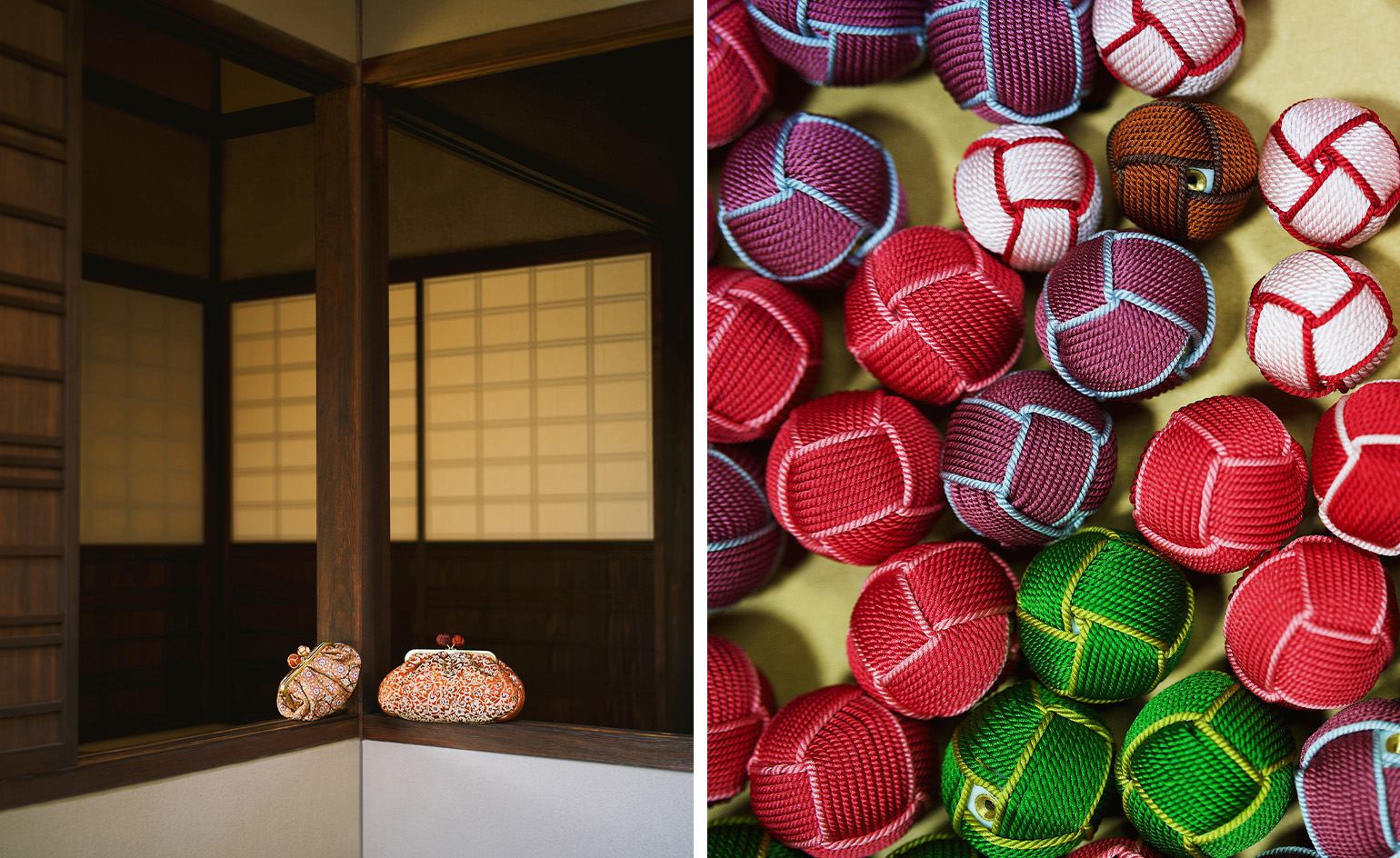
First launched in 2016, the ‘Pasticcino’ bag, by Weekend Max Mara, takes its name from the Italian word for ‘small pastry’ – its scooping design, in gathered fabric, attached with a small metal frame and ball closure, is made to be clasped in the hand as one might a cornetto on a morning commute. The style, which recalls the nostalgic glamour of clasp-fastening evening bags of the 1920s and 1930s, has been in permanent rotation ever since, reimagined in endless iterations of colour, pattern, size and material.
In 2022, the ‘Pasticcino’ embarked on a world tour, setting off from its native Milan, and travelling first to Venice. There it was reimagined in the city’s sumptuous Fortuny fabrics (which are still made in Mariano Fortuny’s century-old textile mill housed in an ancient convent on the Venetian island of Giudecca) and studded with candy-like gobstopper Murano glass clasps by Gambaro & Tagliapietra. The second stop on the tour was France, where a guipure lace exterior by Dentelles André Laude captured Paris’ synonymy with savoir-faire. Meanwhile, a faïence ceramic clasp was created by earthenware factory Manufacture des Emaux de Longwy, founded in 1789.
Weekend Max Mara’s ‘Pasticcino’ bag takes a trip to Kyoto, Japan
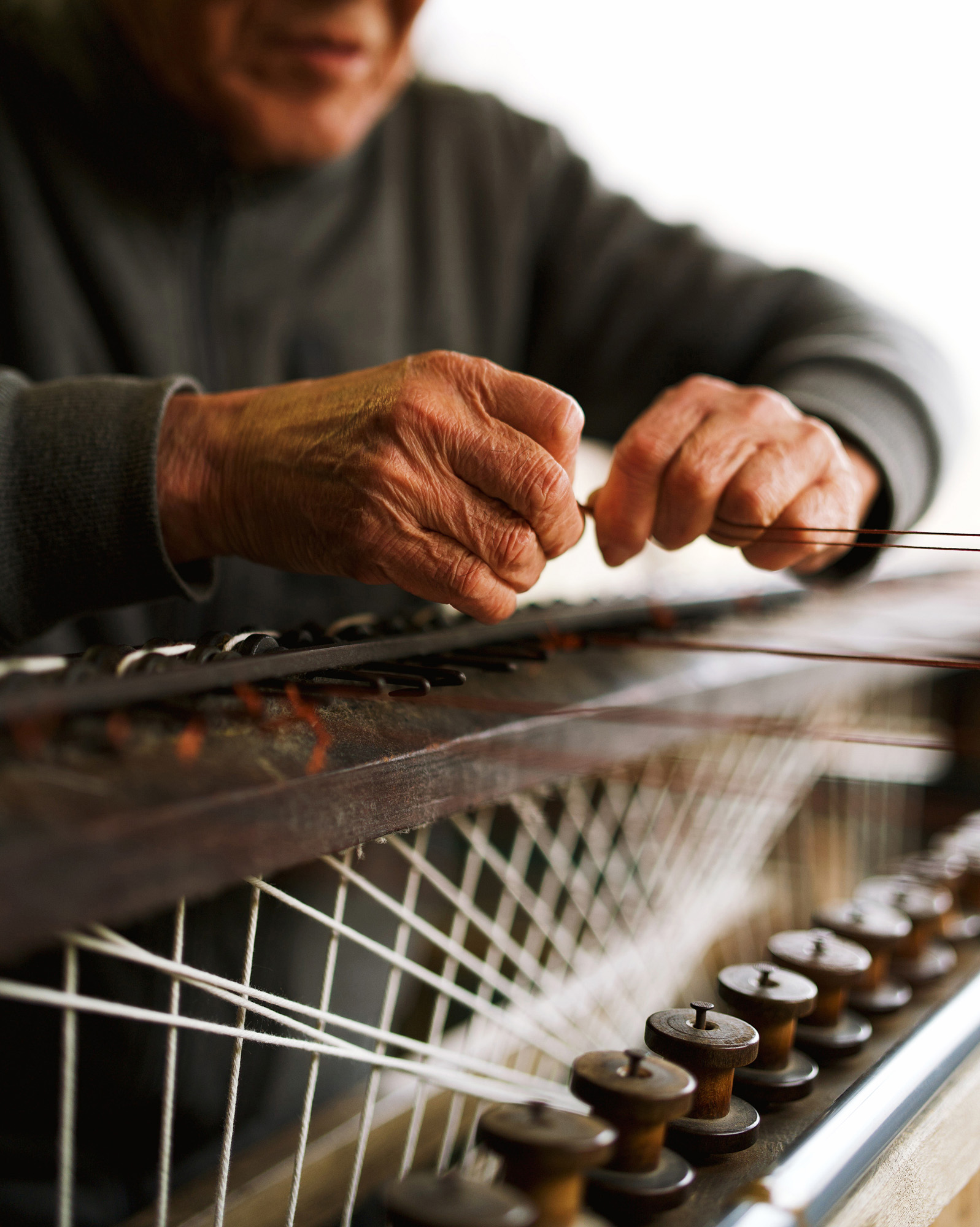
One of the craftspeople of Bottega Nakamori-Kumihimo works on the clasps used for the ‘Pasticcino Bag Treasures of Japan’
This month, the ‘Pasticcino’ makes the next stop on its round-the-world odyssey, landing in Kyoto, Japan, the ancient city long known for its commitment to craft – from decorative fans and glazed pottery to woodwork, kimono dyeing and stonecraft. Titled the ‘Pasticcino Bag Treasures of Japan’, this edition is crafted from the rich and evocative fabrics made by Kawashima Selkon Textiles, a company that has been creating silk jacquards for traditional Japanese formalwear and interiors since 1843. The bag comes in six variants and two sizes, each limited edition, and features different motifs from fluttering birds to blooming peonies, roses and buttercups.
Some of the designs are instilled with hidden meanings: a smattering of pink flowers represents an ancient symbol of fertility, while a reimagined design from 1905 recalls the grandeur of Kyoto’s Imperial Court. Each bag is completed with a colourful woven boule clasp made by the craftspeople of Bottega Nakamori-Kumihimo. The bottega has been creating obijime – the woven cord used to hold an obi belt in place – since 1927, in a process that takes more than 20 days of twisting, winding and dyeing. Each of the 5,000 spheres it created for Weekend Max Mara took up to an hour to complete.
According to the esteemed bottega, the intricate boules, used to open and close the bag, are a symbol of its meticulous ‘commitment to craftsmanship and tradition’, an ethos that is shared by Weekend Max Mara as it plots where the well-travelled ‘Pasticcino’ bag will be heading next on its cultural journey of discovery.
The ‘Pasticcino Bag Treasures of Japan’ is available from Weekend Max Mara’s website, in small (available maxmara.com) and medium (available maxmara.com).
A version of this article appears in the July 2024 issue of Wallpaper*, available in print on newsstands, on the Wallpaper* app on Apple iOS, and to subscribers of Apple News +. Subscribe to Wallpaper* today
Wallpaper* Newsletter
Receive our daily digest of inspiration, escapism and design stories from around the world direct to your inbox.
Jack Moss is the Fashion Features Editor at Wallpaper*, joining the team in 2022. Having previously been the digital features editor at AnOther and digital editor at 10 and 10 Men magazines, he has also contributed to titles including i-D, Dazed, 10 Magazine, Mr Porter’s The Journal and more, while also featuring in Dazed: 32 Years Confused: The Covers, published by Rizzoli. He is particularly interested in the moments when fashion intersects with other creative disciplines – notably art and design – as well as championing a new generation of international talent and reporting from international fashion weeks. Across his career, he has interviewed the fashion industry’s leading figures, including Rick Owens, Pieter Mulier, Jonathan Anderson, Grace Wales Bonner, Christian Lacroix, Kate Moss and Manolo Blahnik.
-
 At this secret NYC hangout, the drinks are strong and the vibes are stronger
At this secret NYC hangout, the drinks are strong and the vibes are strongerFor People's bar, Workstead serves up a good time
By Anna Fixsen
-
 ‘Fall Guy’ director David Leitch takes us inside his breathtaking Los Angeles home
‘Fall Guy’ director David Leitch takes us inside his breathtaking Los Angeles homeFor movie power couple David Leitch and Kelly McCormick, interior designer Vanessa Alexander crafts a home with the ultimate Hollywood ending
By Anna Fixsen
-
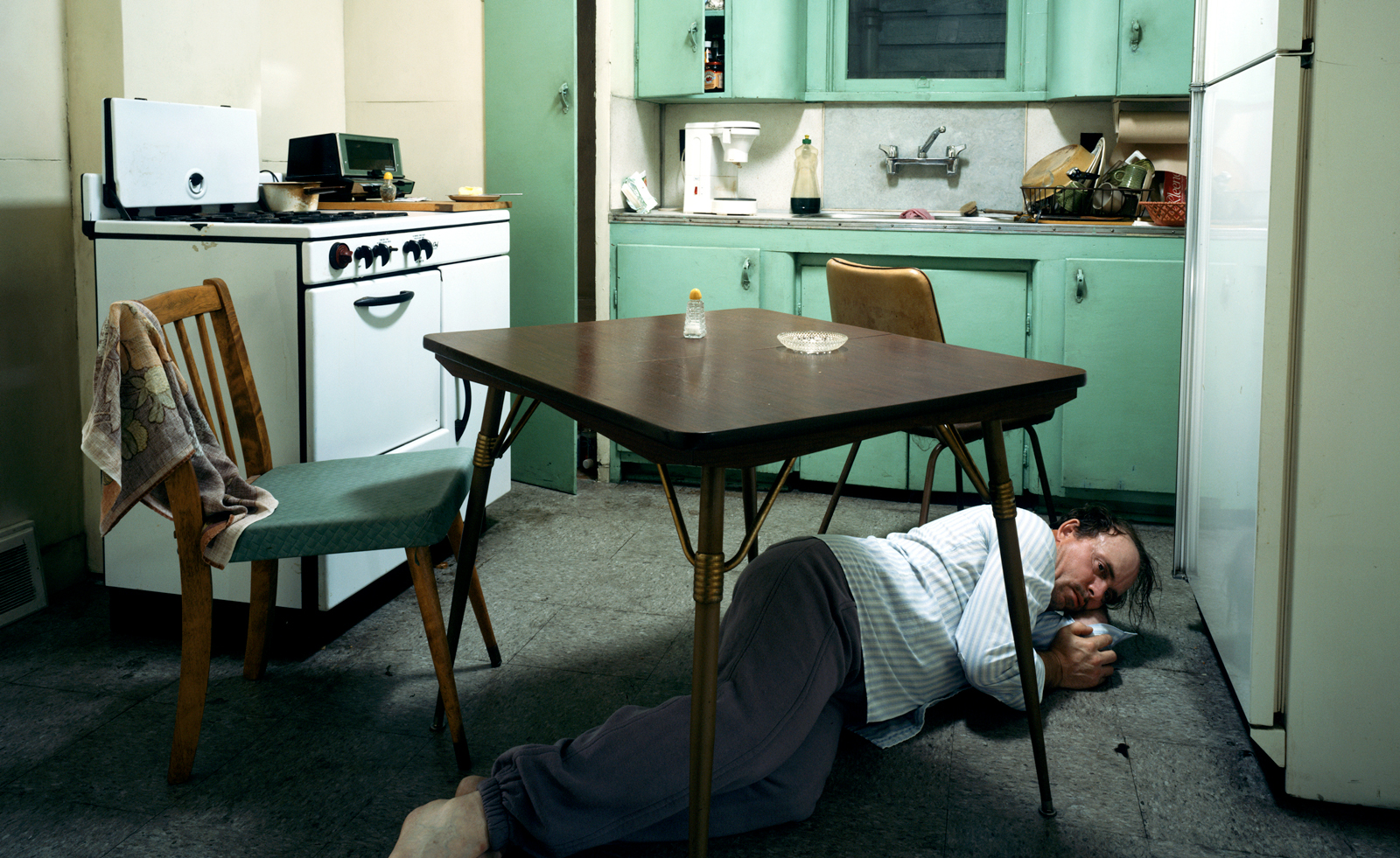 Real or imaginary? Step inside the alternate world of Jeff Wall's photographs
Real or imaginary? Step inside the alternate world of Jeff Wall's photographsJeff Wall's major show at MAAT in Portugal dives into four decades of the photographer's career
By Emily Steer
-
 Kyoto exhibition collates Veronica Ditting’s influential printed matter for the world’s biggest brands
Kyoto exhibition collates Veronica Ditting’s influential printed matter for the world’s biggest brandsCreative director and designer Veronica Ditting has created printed matter for The Row, Hermès and Maison Margiela. Now, a new exhibition in Kyoto, ‘Folio Folio Folio: Print by Veronica Ditting’ celebrates her influential career so far
By Jack Moss
-
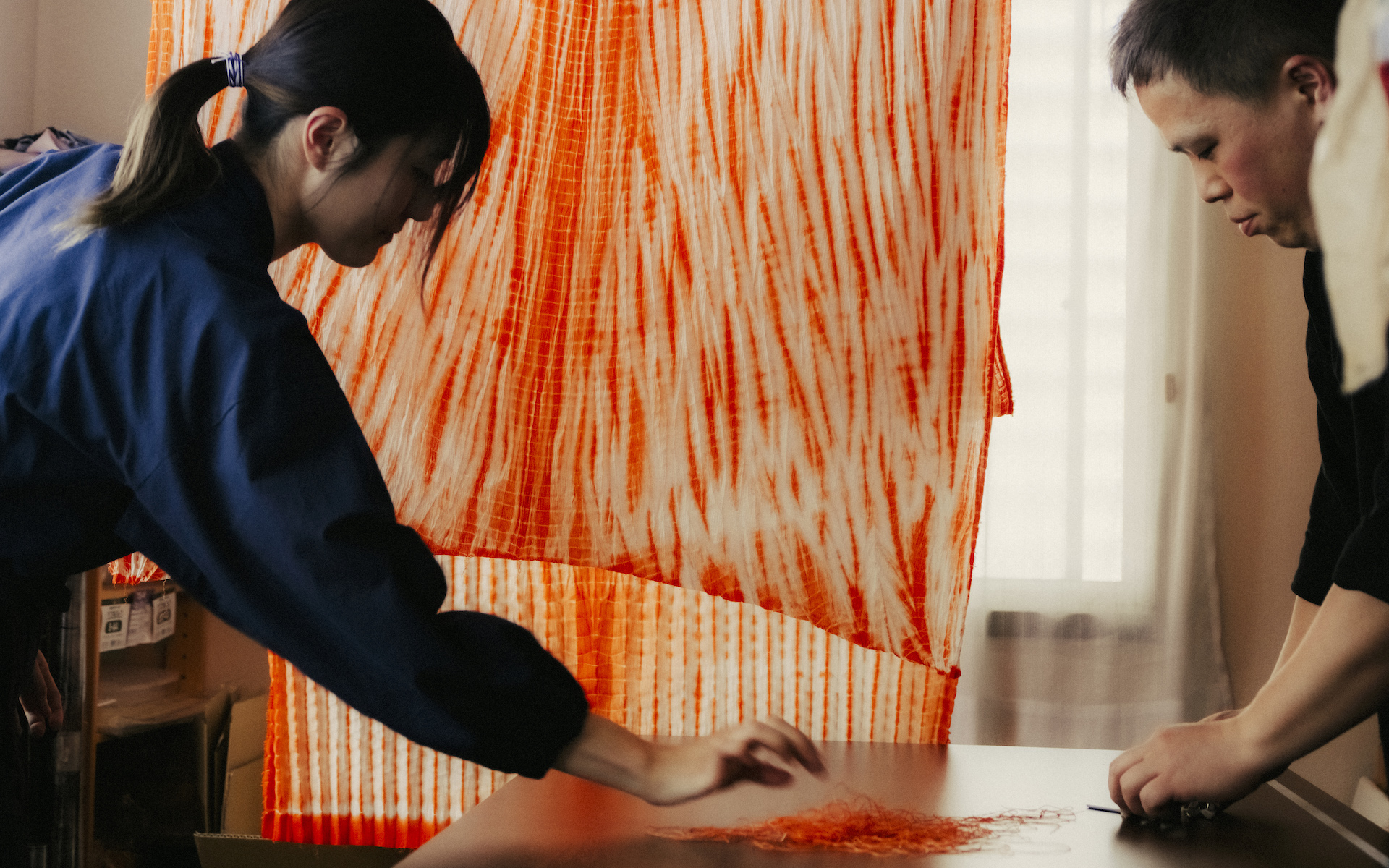 In Kyoto, COS celebrates the ancient art of shibori dyeing with a colour-soaked collection
In Kyoto, COS celebrates the ancient art of shibori dyeing with a colour-soaked collection‘We can’t take this type of craft for granted anymore,’ says COS design director Karin Gustafsson, who worked with Kyoto shibori artisan Kazuki Tabata on the airy summer collection. Wallpaper* heads to Japan’s former capital to find out more
By Jack Moss
-
 Inside John Lobb’s sumptuous new Kyoto store, housed in a traditional wooden ‘machiya’
Inside John Lobb’s sumptuous new Kyoto store, housed in a traditional wooden ‘machiya’John Lobb’s inviting new Teruhiro Yanagihara-designed Kyoto store is introduced with a series of images starring lauded Japanese director Hirokazu Kore-eda
By Jack Moss
-
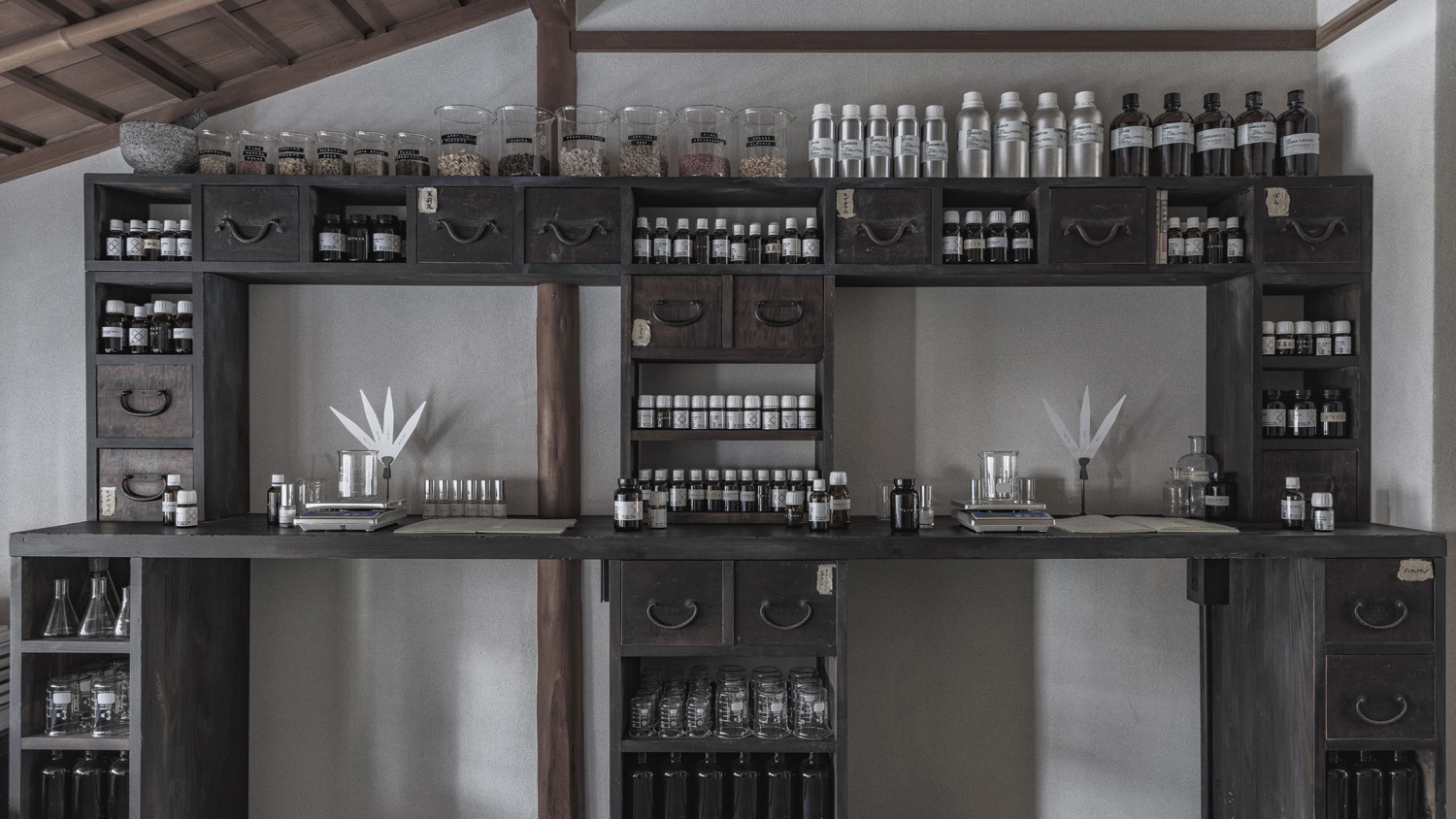 Le Labo’s Kyoto flagship blends wabi-sabi with the art of slow perfumery
Le Labo’s Kyoto flagship blends wabi-sabi with the art of slow perfumeryLe Labo has a new flagship in Kyoto’s Shimokorikicho, Nakagyo-ku neighbourhood, a celebration of Japanese heritage and craftsmanship
By Kelsey Mulvey
-
 Highlights from the jet-setting Cruise 2025 shows
Highlights from the jet-setting Cruise 2025 showsOur pick of the globe-trotting Cruise 2025 shows, from Dior’s takeover of Drummond Castle, Scotland to Max Mara’s season finale in Venice
By Jack Moss
-
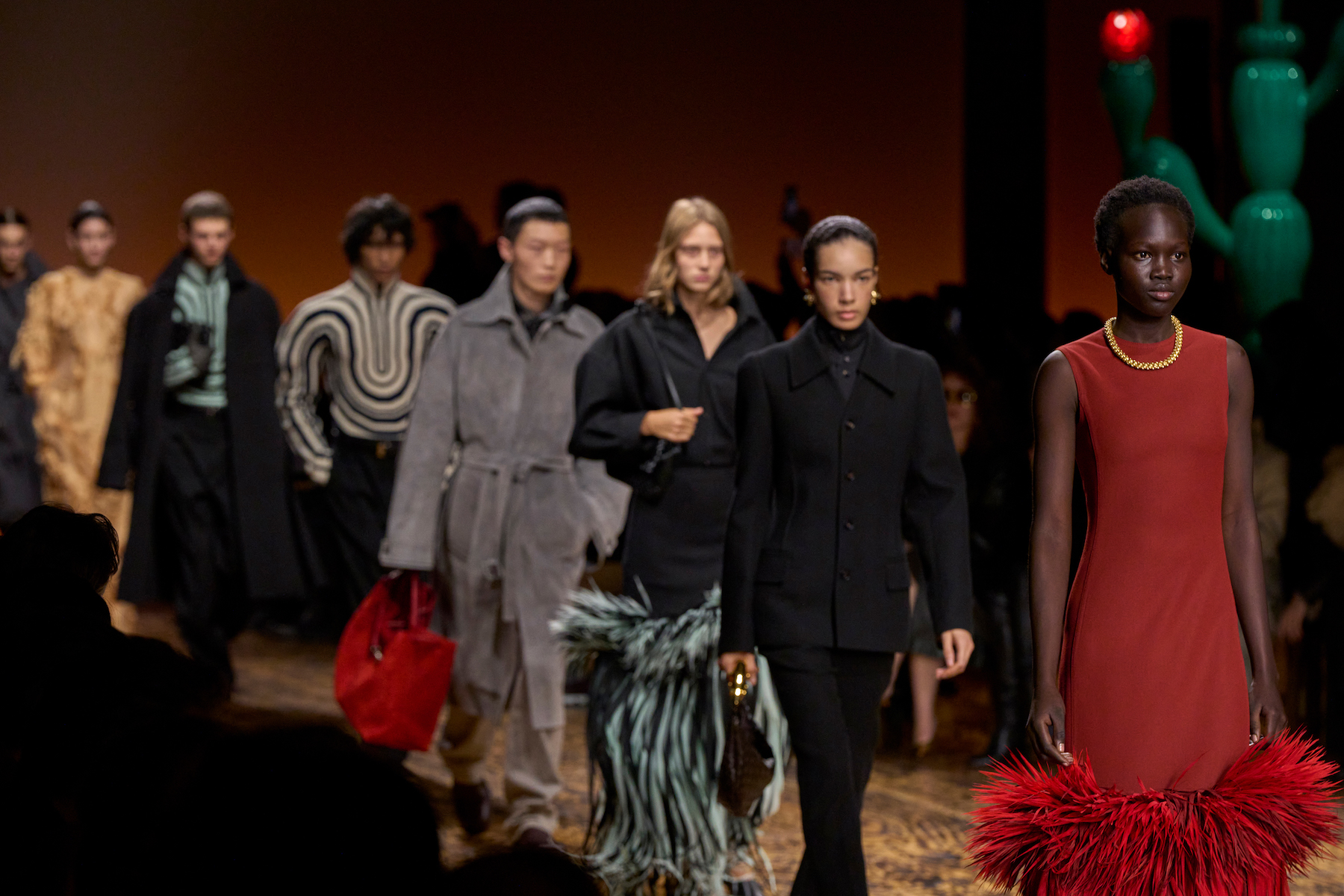 Milan Fashion Week A/W 2024: Giorgio Armani to Bottega Veneta
Milan Fashion Week A/W 2024: Giorgio Armani to Bottega VenetaThe very best of Milan Fashion Week A/W 2024, from Giorgio Armani’s celebration of renewal to the ’monumental everyday’ at Bottega Veneta
By Jack Moss
-
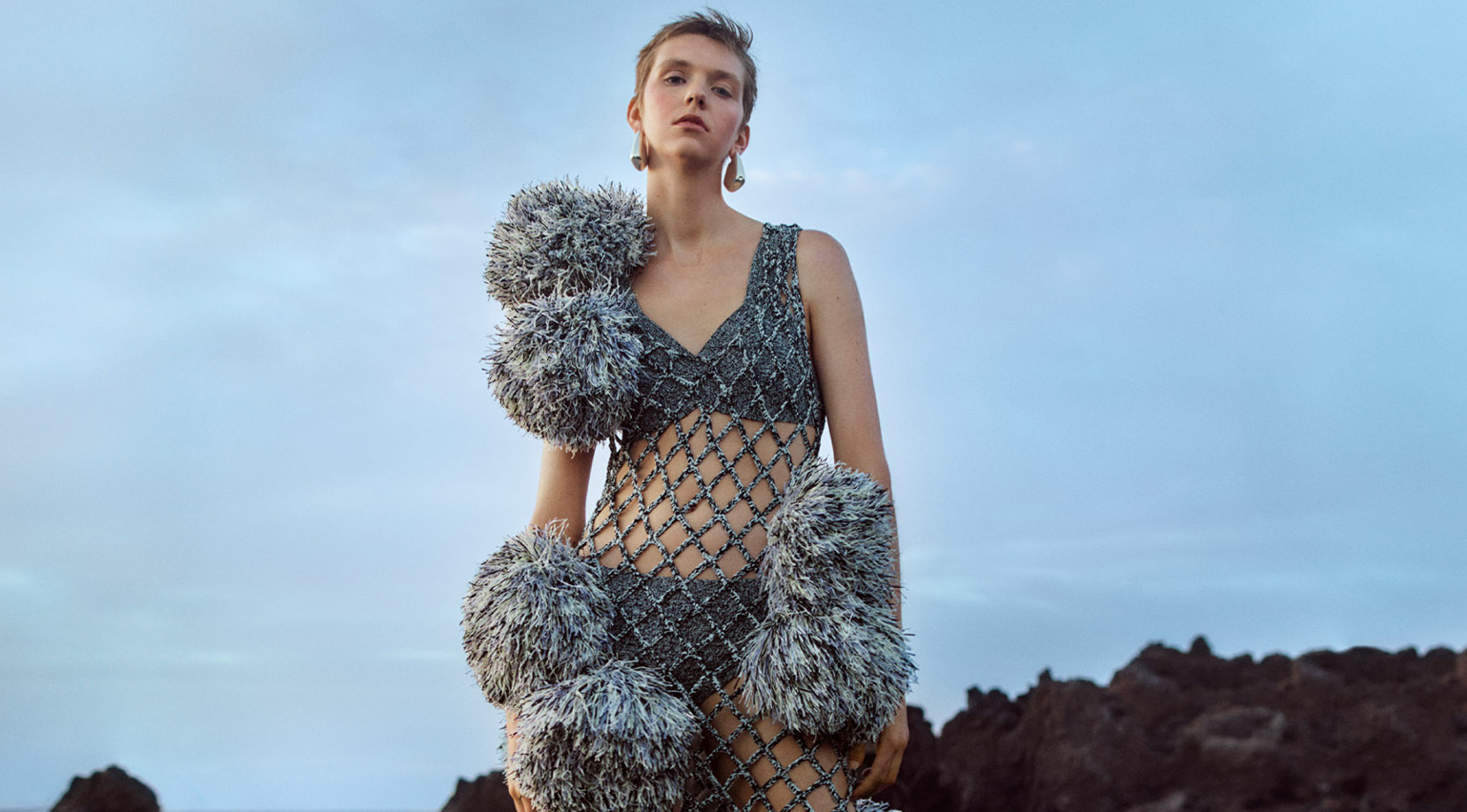 This season’s womenswear channels freedom and escape
This season’s womenswear channels freedom and escapeThese S/S 2024 womenswear looks promise an escape from the everyday, and are photographed amid the otherwordly landscapes of the Canary Islands for the March 2024 Style Issue of Wallpaper*
By Jack Moss
-
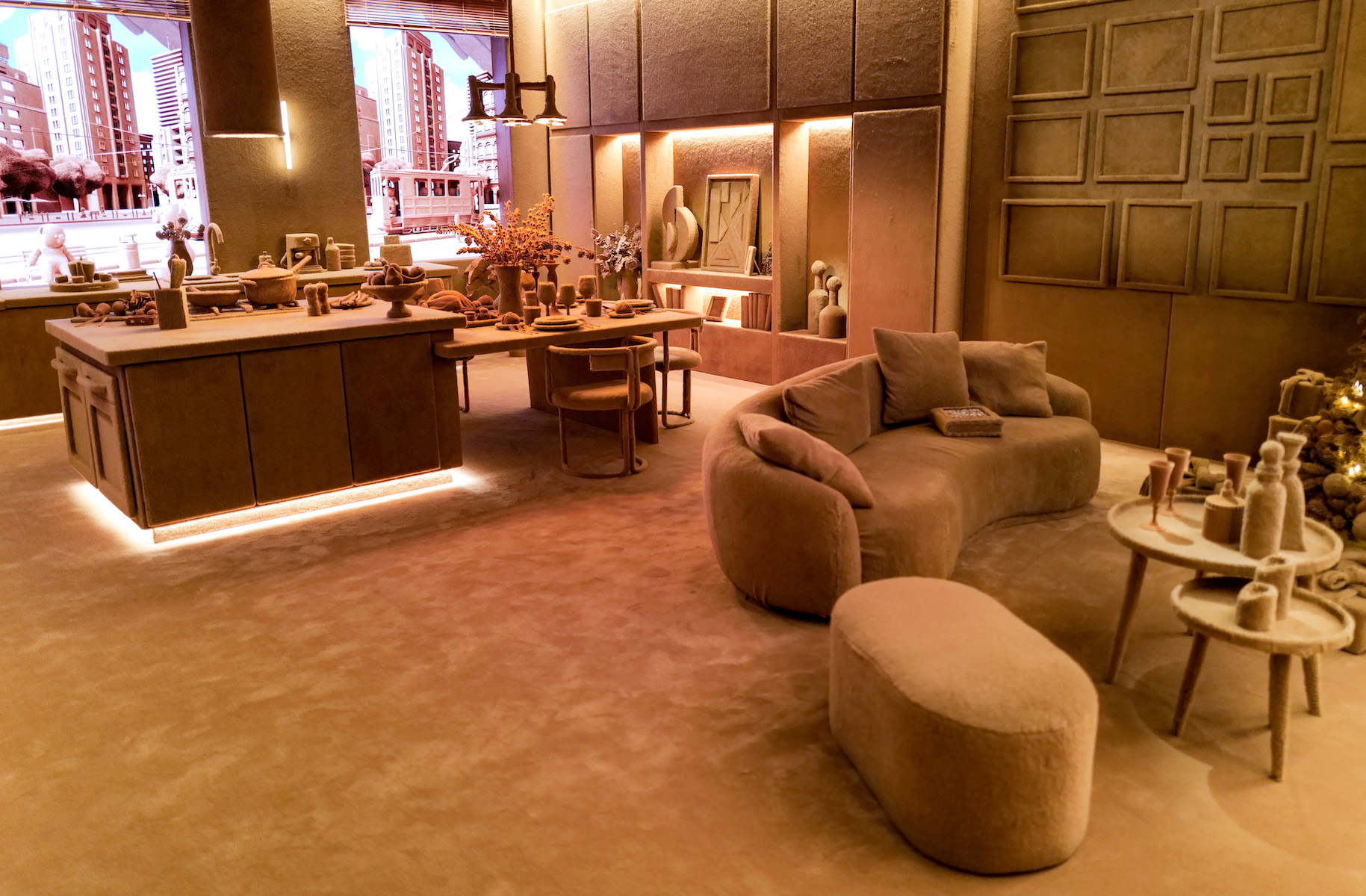 Inside Max Mara’s teddy-filled ‘fluffy residence‘ in London’s Covent Garden
Inside Max Mara’s teddy-filled ‘fluffy residence‘ in London’s Covent GardenA transporting escape amid the bustle of last-minute shopping, Max Mara’s immersive new London pop-up continues their Teddy Coat tenth-anniversary by creating an apartment entirely covered in fluffy teddy fabric
By Jack Moss
